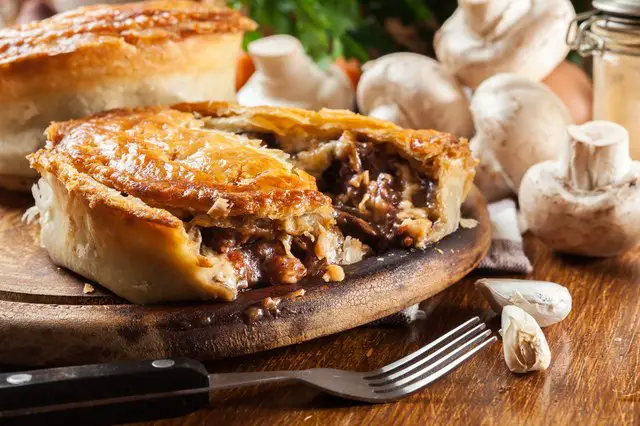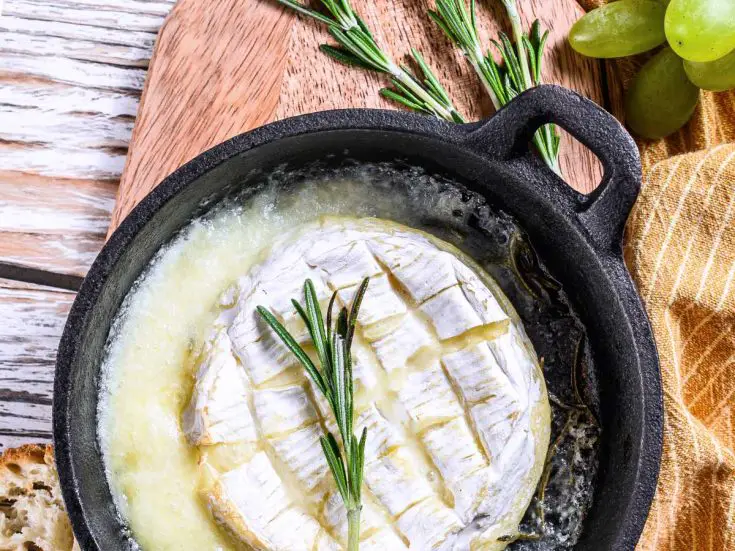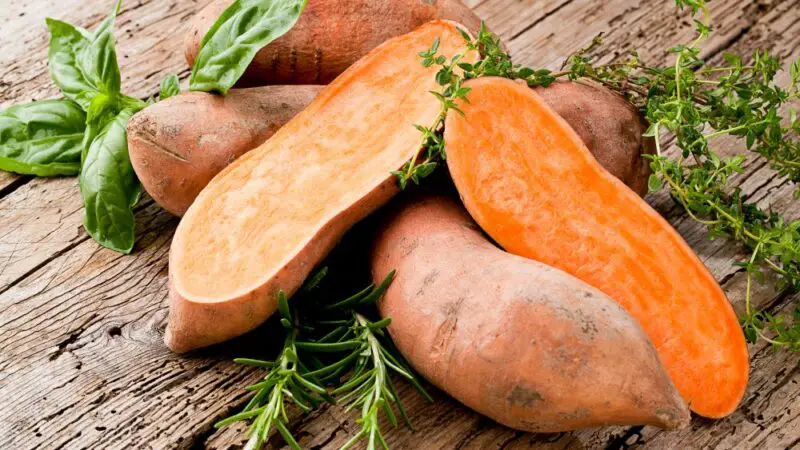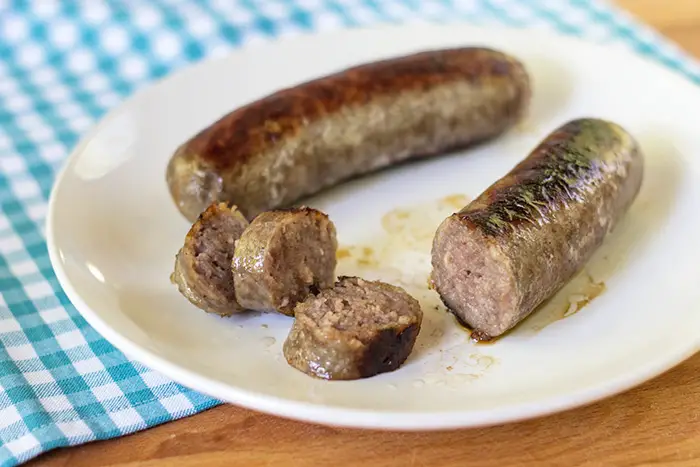Cooking food at the right temperature is essential to ensure that it is safe to eat and tastes delicious. Meat pies are a popular comfort food enjoyed all over the world and require careful cooking to achieve the perfect balance of flavors and textures. In this article, we will discuss what temperature meat pies should have when cooked, along with other factors that affect cooking time and ways to check doneness.
Meat Pies: A Brief Background
Meat pies come in different types depending on their filling, such as beef, chicken, lamb, or pork. They also vary depending on their crusts, which could be puff pastry, shortcrust pastry, or even potato slices. Different types of meat pies require varying methods of cooking.
For instance, a beef pie with puff pastry requires a high temperature for a shorter time than one with shortcrust pastry because puff pastry puffs up faster due to its higher butter content (which causes the water in the batter to vaporize) while shortcrust pastry doesn’t have enough butter content hence it takes time to cook.
Optimal Temperature for Cooking Meat Pie
The optimal temperature for cooking a meat pie depends on several factors such as the type of meat used and the type of crust employed. The most efficient way to determine optimal temperature is by using a thermometer that can measure internal temperature accurately.
The recommended internal temperature setting when baking any type of meat pie is between 160-165°F (71-73°C), and you should ensure that you reach this temperature throughout your pie’s filling before taking it out from your oven.
To achieve the best possible results when cooking a meat pie, you need to understand some science behind achieving optimal temperatures across your baked item. During baking or roasting processes in an oven where heat transfer happens through convection (flow of hot air), there are two mechanisms happening concurrently: thermal conductivity (transfer heat from hotter regions towards colder parts of your pie filling, through conduction), and convection (the food’s surface browns due to contact with heat in the air).
Factors Affecting Cooking Time and Temperature
Factors such as the size and thickness of your meat pies can affect their cooking time. Thin pies will bake faster than a thicker one while large meat pie sizes require more time compared to small or medium ones. Additionally, ingredients used in making the crusts and fillings can also impact cooking duration.
However, altitude is a significant factor that should not be overlooked when determining optimal temperature settings for baking. Altitude affects atmospheric pressure, leading to lower boiling points, and this may affect how effective ovens work when set to regular temperature scales. Changing oven settings by 25 degrees Fahrenheit (14°C) for every thousand feet increment above sea level ensures that the baked item will adequately cook without burning.
Oven Temperatures for Different Types of Pies
Different types of pies require different temperatures during baking or roasting processes.
For meat pies with puff pastry, we recommend setting your oven at 400-425°F (200-218°C). For shortcrust pastry-based meat pies , we suggest an oven temperature around 375°F (190 °C). Finally, if you prefer potato crust on your meat pie – either mashed or sliced – which requires a bit longer cooking duration compared to other variants because potatoes are prone to burning easily. Set your oven temperature at 350°F (177°C).
It is essential to adjust these suggested oven settings according to specific recipes or personal preferences since varying factors such as altitude or recipe origin may result in different ideal temperatures.
Checking Doneness through Alternative Methods
Besides using thermometer readings as the primary determinant for doneness, several alternative methods could determine whether your baked goods reached their respective safe internal temperature zone.
The “Sight Test” involves visually checking with sight if there’s any visible steam escaping from the filling pores.
The “Touch Test” requires gently poking your baked item’s outer crust with a fork. If it doesn’t bounce back to its initial shape, then your meat pie probably has reached the optimal internal temperatures hence safe to eat.
Lastly, the “Smell Test.” A fully baked meat pie emits an inviting aroma of cooked meats that indicates it is ready for consumption.
Safe Meat Pie Eating Practice to Avoid Food-borne Illnesses
Meat pies have higher fat contents than other types of foods and can lead to foodborne illnesses. To minimize the risk of such illnesses, wash your hands before cooking, cook at the recommended temperature and time duration, and avoid leaving baked goods or leftover meat pies at room temperature for extended periods – instead refrigerate them promptly or freeze them if necessary but do not consume them within one day of creation.
If reheating previously cooked meat pies, ensure they have reached an internal temperature of 165°F (73°C) before consuming. And always discard any leftovers six days after cooking since bacteria will begin growing over time in these environments – especially if not stored correctly!
Our Recommendations for Different Meat Pies
A general rule of thumb is that meat pies should contain no more than 30% fat content to prevent oversaturated flavors. Furthermore, mince-based pies typically require higher heat settings since they contain fewer solid ingredients while some filled with vegetables and stews tend to be dense and cook better at lower heat levels – about 350-375°F (177-190°C) when baking in a shortcrust pastry base.
Conclusion
Cooking meat pie requires you to follow several guidelines carefully. The recommended internal temperature ranges from 160-165°F (71-73°C), with other factors influencing cooking time such as size, thicknesses, ingredients used in making fillings and crusts and finally altitude above sea level also playing critical roles when determining the optimal oven temperature setting. Apply these tips when cooking your meat pies, and you will not only get incredible taste results but also avoid contracting food-borne illnesses linked to poorly-cooked meals.
Q&A
- Q: How do I know when a meat pie is fully cooked?
A: The best way to ensure your meat pie is fully cooked is by checking its internal temperature using a meat thermometer. A safe internal temperature for meat pies ranges between 160-165°F (70-75°C).
- Q: Can I rely solely on the cooking time provided in my recipe to know when my meat pie is ready?
A: Generally, cooking times listed in recipes are rough estimates and may not always be reliable. For this reason, using a meat thermometer to check the internal temperature of your pie is recommended.
- Q: What happens if I eat undercooked meat pie?
A: Eating undercooked or raw meat can put you at risk of food poisoning, which can cause symptoms such as vomiting, diarrhea, nausea, and abdominal pain. Always make sure your meat pies are fully cooked before consuming.
- Q: Is it okay if my meat pie’s crust turns golden brown before it reaches the safe internal temperature range?
A: Unfortunately, relying on the color of the crust to determine the readiness of your pie can be deceiving since it only indicates the appearance rather than doneness of your bake. To ensure your meat pies are thoroughly cooked and safe to eat, always use an accurate thermometer to check their internal temperatures.





